Biographies of the Argentinian Artists

Photographer Adhemar Miranda Medrano, 34 years old, was born in Bolivia. For the past 30 years, he has lived in Buenos Aires, Argentina. He studied photography at the Center for Professional Training in Buenos Aires. He currently works as a freelance photographer for artists and collaborates with the Identidad Marrón collective.
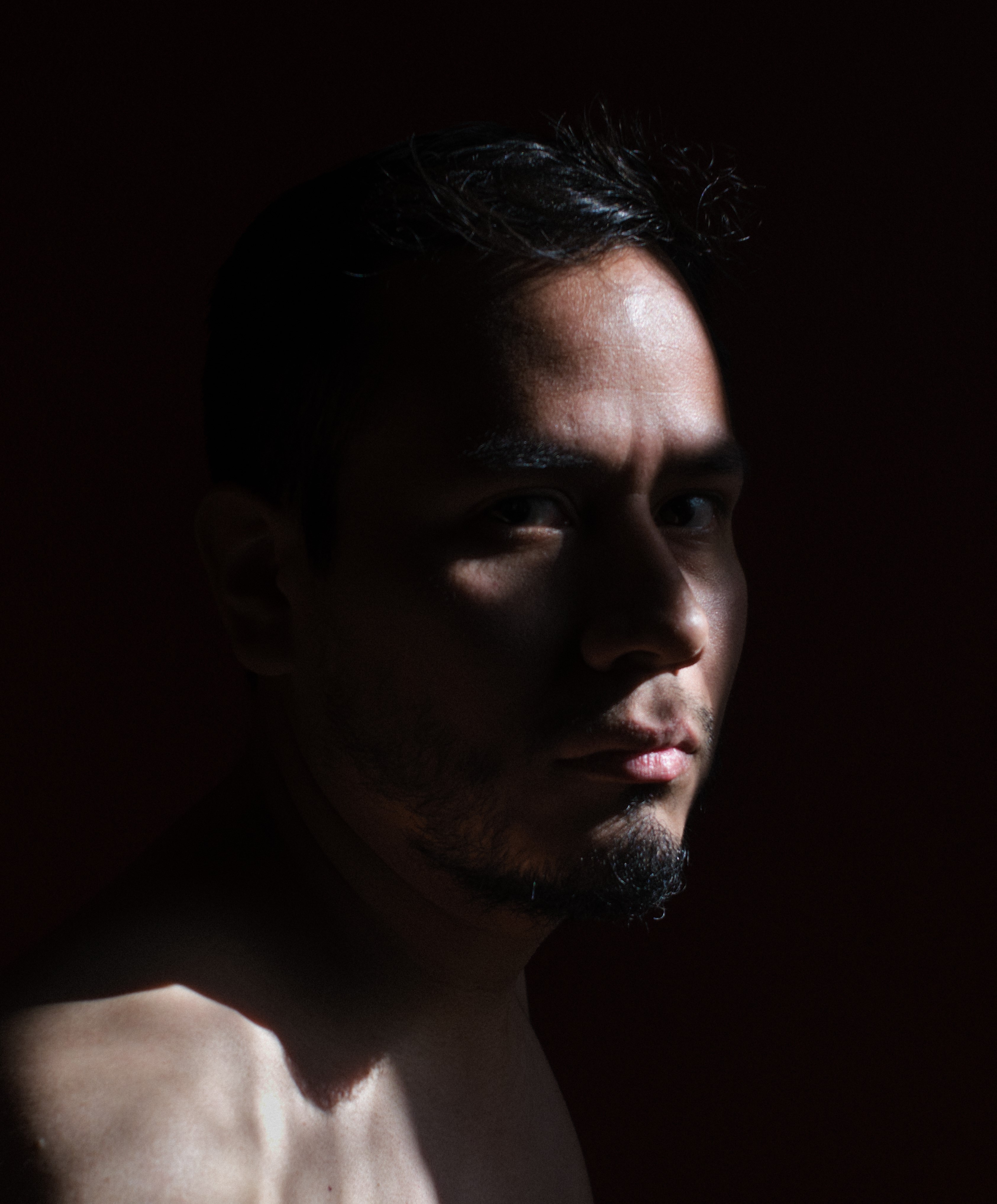
Audiovisual producer Dennis Guerrero was born in Peru and lived in Buenos Aires. He studied audiovisual production at the Elíseo Subiela school. He currently works as a director of photography and studies photography and photojournalism at the Argentine School of Photography and the Association of Graphic Reporters of the Argentine Republic.
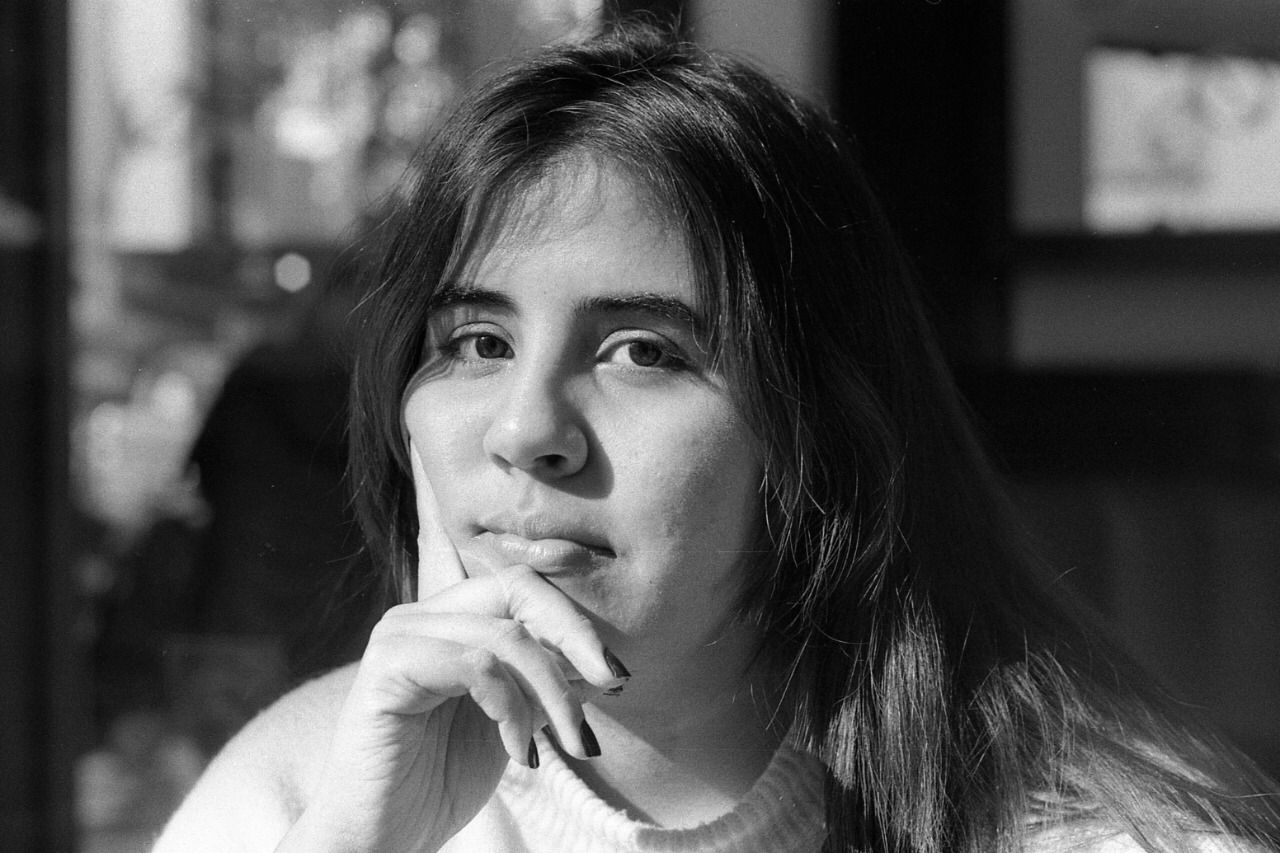
Libertad Subero was born on Margarita Island, Venezuela. An audiovisual producer who graduated from the Elíseo Subiela Professional Film School in Buenos Aires, Argentina, she works in film and video production.
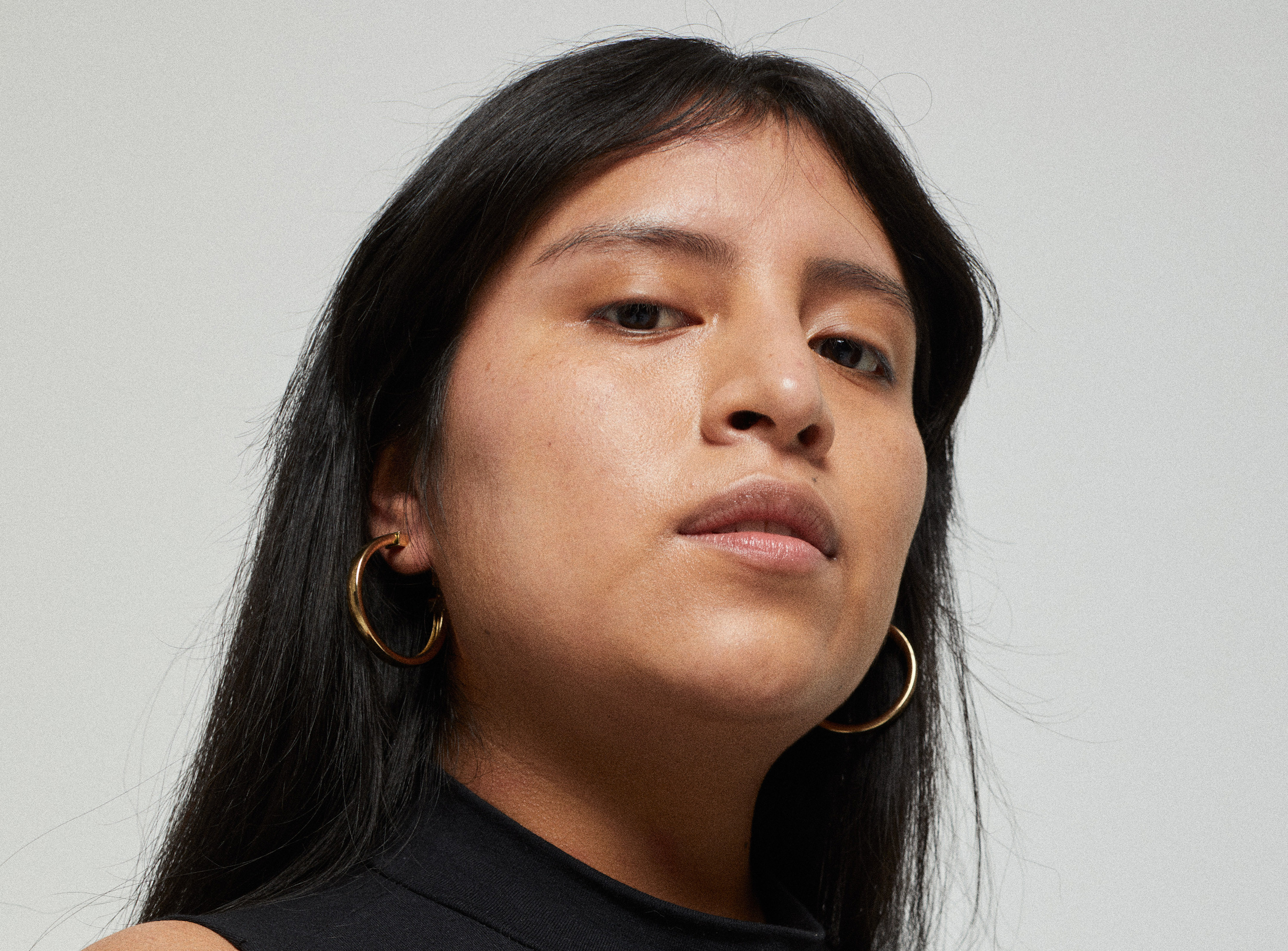
Flora Nómada (Florencia Alvarado) is a visual artist, illustrator, a consultant on Indigenous representations in the media, and a freelance model. She studies visual arts at the National University of Arts. She is a member of Identidad Marrón.
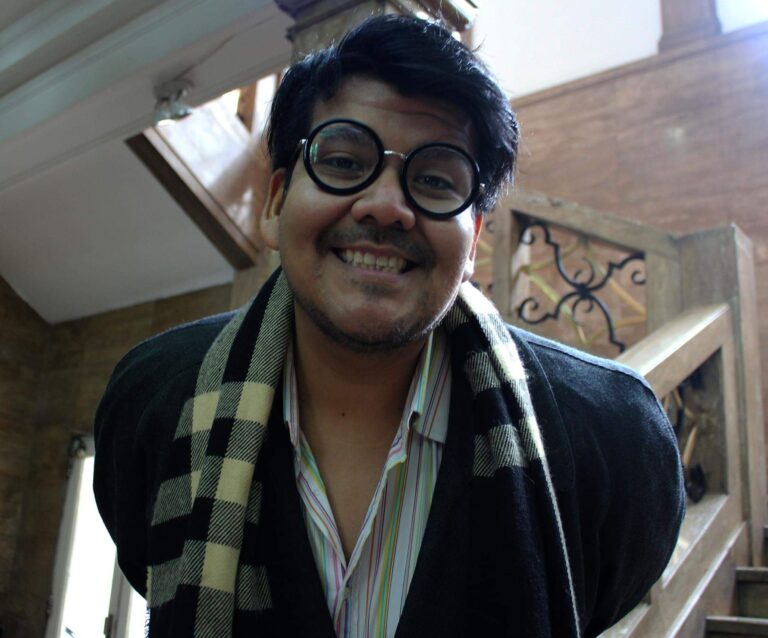
Alejandro Mamani is a lawyer (UNT) with a specialisation in Computer Law (UBA) and a Master’s in Immigration Law and International Migration Policies. He works as a legal advisor to the Association of Female Sex Workers of Argentina. He is a member of the following groups: Lawyers for Sexual Rights, Cultural Lawyers, Association of Lawyers for Indigenous Rights. He is a member of Identidad Marrón and a consultant to the Advisory Council of the Ministry of Women, Gender and Diversity.

América currently coordinates the education section of the Identidad Marrón collective. She is a visual arts teacher, cultural manager, and educational consultant with an anti-racist perspective. As a visual artist, she uses visual resources from the Buenos Aires shantytowns, mixing them with different artistic techniques to challenge the lack of access to basic rights in poor neighbourhoods and reflect on the survival strategies of the masses.
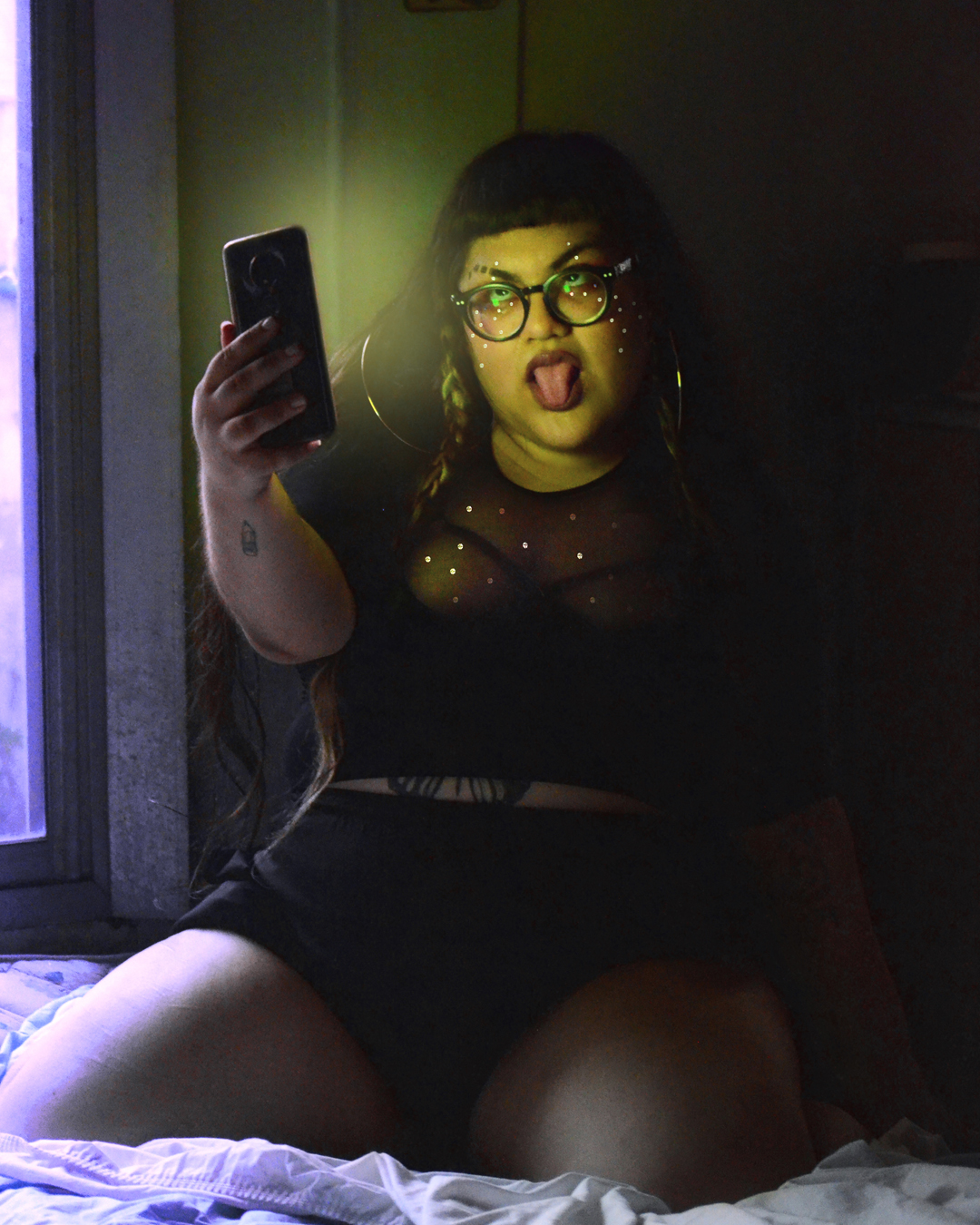
She is a student and researcher in the National University of Arts's visual department, a member of the art section of Identidad Marrón collective, and a visual artist. Under the pseudonym @bbywacha, IRL and online, she works with different techniques to create a visual imaginary that speaks to the poor suburbs of Buenos Aires, fat corporalities and racialised femininity.

David was born in Salta and grew up in Tierra del Fuego, Argentina. He has a degree in acting and art therapy from the National University of the Arts. He writes about his experience of recognising himself as Marrón. His monologue “Marrón” recently won the Audience Award and Best Monologue at the Vos & Voz Festival. His play Blizzard was selected to be staged and filmed at the Cervantes National Theater.
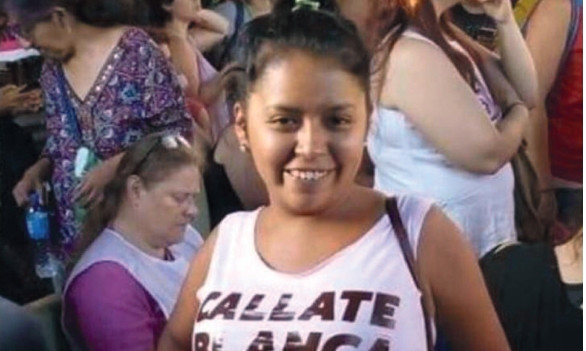
Rebe is a human rights activist of the Association of Female Sex Workers of Argentina (AMMAR), an anti-racist activist, actor, radio host, and participates in feminist radio communication projects. She is a member of the Identidad Marrón collective.
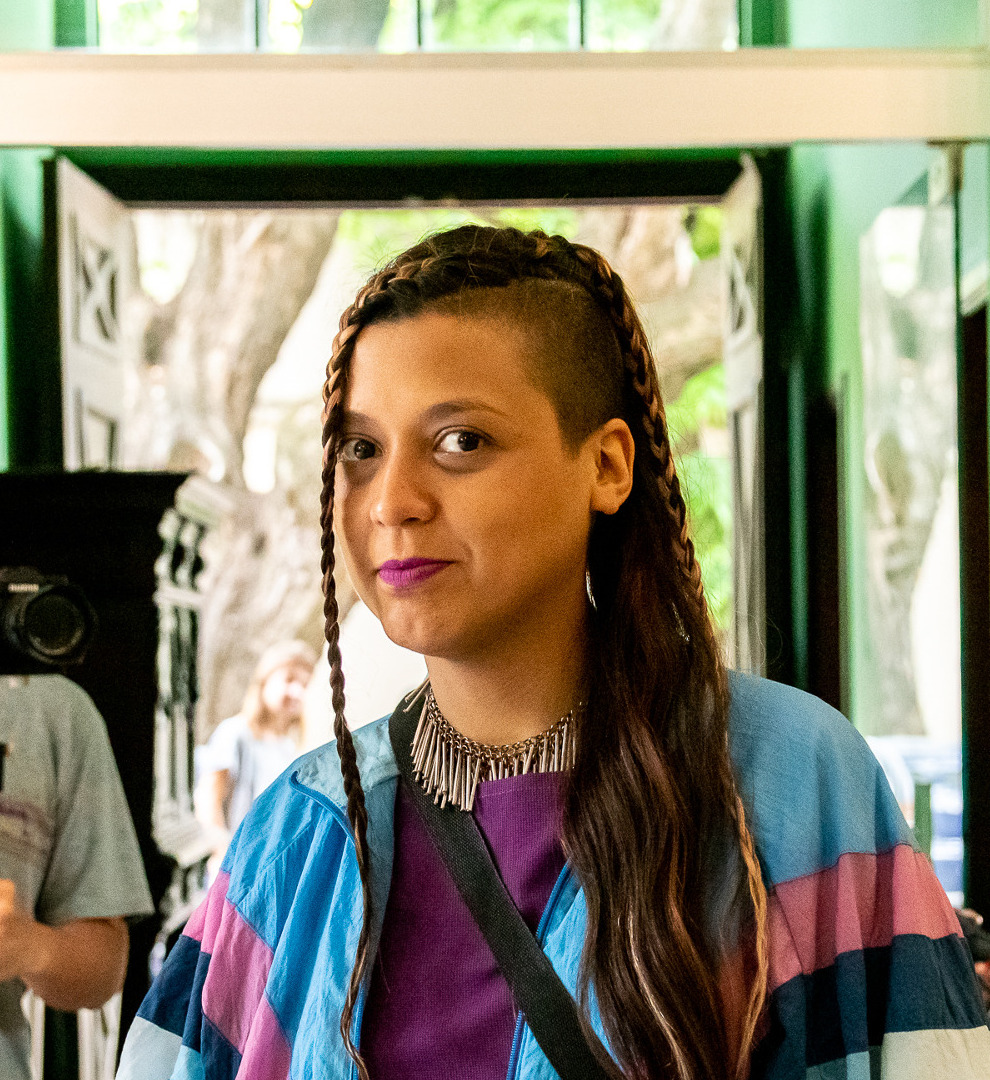
Euge Choque is an interdisciplinary artist working in the performing and visual arts. She has degrees in Dramatic Arts (UNA) and Graphic Design (UTN). Under the pseudonym VJChoque, she designs and produces digital and analogue visuals for theatrical shows, gigs and festivals. Her work has been displayed in Casa Nacional del Bicentenario, CC Recoleta, and CC Kirchner.
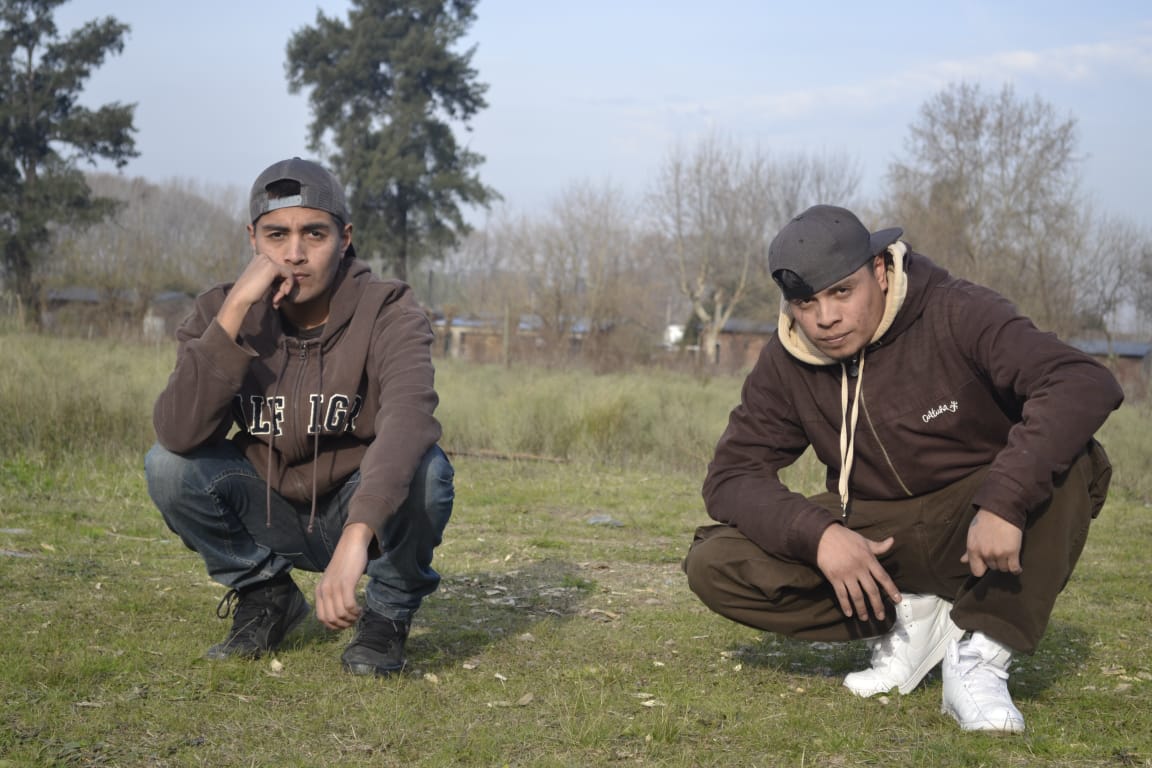
Brothers Brian and Nahuel López have played on the hip hop circuit in Buenos Aires for more than seven years. In 2016, together with the “Amambay 100000” project, they released their first album, Rap Originario, produced by Corco Bravo and comprising 8 original songs. Eskina Qom's album is available for free on the Soundcloud platform from this link.
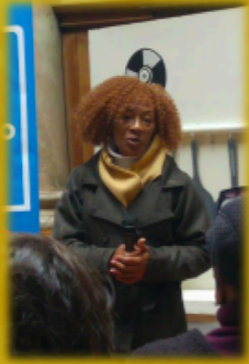
Alejandra Egido is the director of Teatro en Sepia, a company of Afro-migrant and Afro-Argentine women. It was formed in 2010 during a staging of an iconic play, Calunga Andumba, written by two Afro-Argentine playwrights in the 1970s. After this play, the company focused on writing, producing and staging works that centre on the experience of Afro-descendants in Argentina. The space created by TES was entirely non-existent in Argentine despite its vast theatrical scene, which primarily represents the experiences of the middle sectors and a “white and European Argentina”.
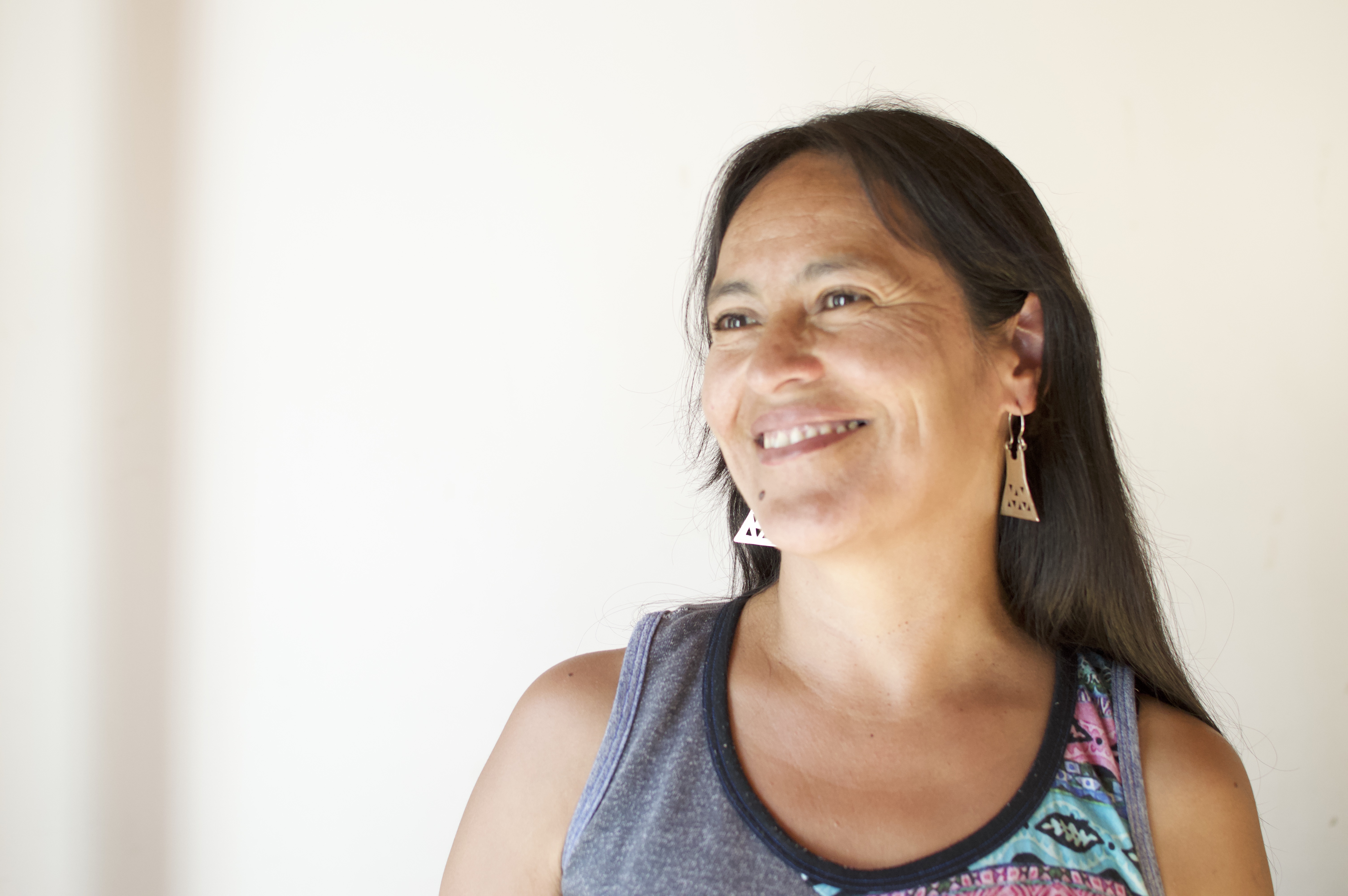
Miriam Álvarez is an actress, playwright, theatre director, teacher and researcher. For more than a decade, she has directed the theatre group El Katango in the province of Río Negro. The project emerged from collaborative work between her drama students and Mapuche elders that focused on the latter’s memories of displacement to and from the city. Her work narrates the expulsion of Mapuche families from rural areas and the formation of life in the popular neighbourhoods in the town of Bariloche. This work is part of a historical-anthropological research project at the University of Río Negro that studies the impact of the Mapuche genocide. Miriam Álvarez’s previous theatre projects have focused on reconstructing Mapuche corporality, gestures and identities. Pewma – one of these works - focused on dreams as a vehicle of memory.
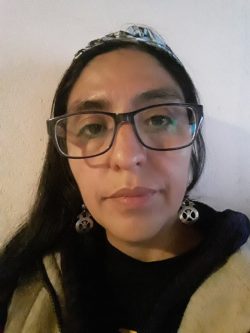
Lorena Cañuqueo has a degree in Social Communication from the University of Comahue and a PhD in Anthropology from the University of Buenos Aires. She is also a lecturer at the National University of Río Negro, Sede Andina, in the Argentine Northern Patagonia. She is a member of the lof (Mapuche community) Mariano Epulef from the Anecón Chico area in Río Negro. Her doctoral research addresses the link between the transmission and actualisation of memories of displacement and the construction of Mapuche forms of community-building, agency, belongings, and territorialities after the military conquest of Indigenous land by the Argentine state in the 19th century. As part of the Research Group on Territorializations, Alterities and Collective Agency in North Patagonia (GITAAC), she studies the effects of these genocide campaigns against Indigenous peoples in the present. Since 2010 she has been part of the El Katango Theatre Group.
